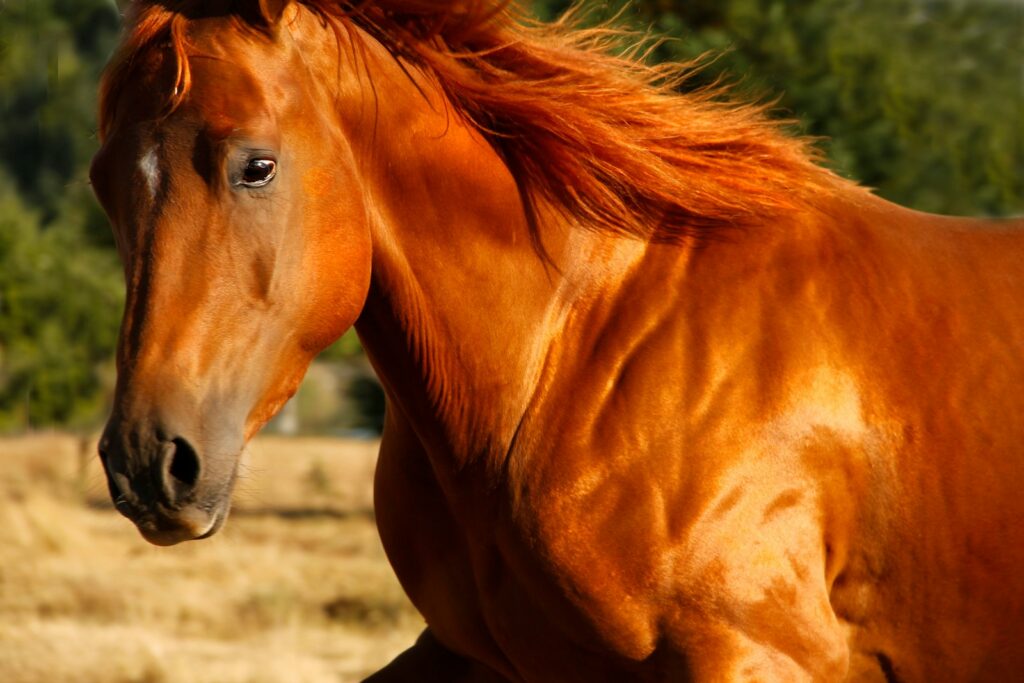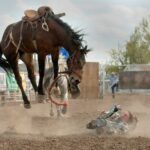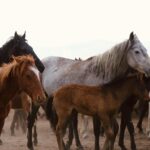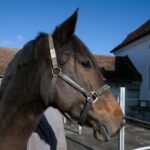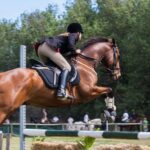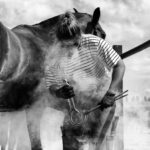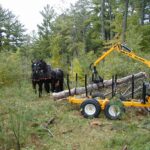Barrel racing demands a unique combination of speed, agility, and mental focus from both horse and rider. As one of the most popular rodeo events, this high-octane competition requires equine athletes capable of explosive acceleration, tight turns, and unwavering precision. The right barrel horse can mean the difference between finishing in the money or watching from the sidelines. While training and temperament play crucial roles in developing a champion barrel racer, certain breeds consistently dominate the arena due to their natural aptitudes. This article explores the premier horse breeds that excel in competitive barrel racing, examining their distinctive characteristics and why they’re favored by professional competitors around the world.
Quarter Horse: The Undisputed Champion

The American Quarter Horse stands as the gold standard in barrel racing, dominating competitive arenas worldwide with their unmatched combination of speed, agility, and innate cow sense. Specifically bred for quick acceleration over short distances, these powerful athletes can reach speeds up to 55 mph in short bursts, making them perfectly suited for the explosive starts and rapid direction changes required in barrel patterns. Their naturally muscular hindquarters provide the pushing power necessary for tight turns around barrels, while their typically calm temperament allows them to handle the high-pressure environment of competition. The breed’s low center of gravity, combined with powerful shoulders and strong, compact legs, creates the perfect physical structure for maintaining balance while executing the precise movements required for competitive success.
Quarter Horse Bloodlines: What to Look For
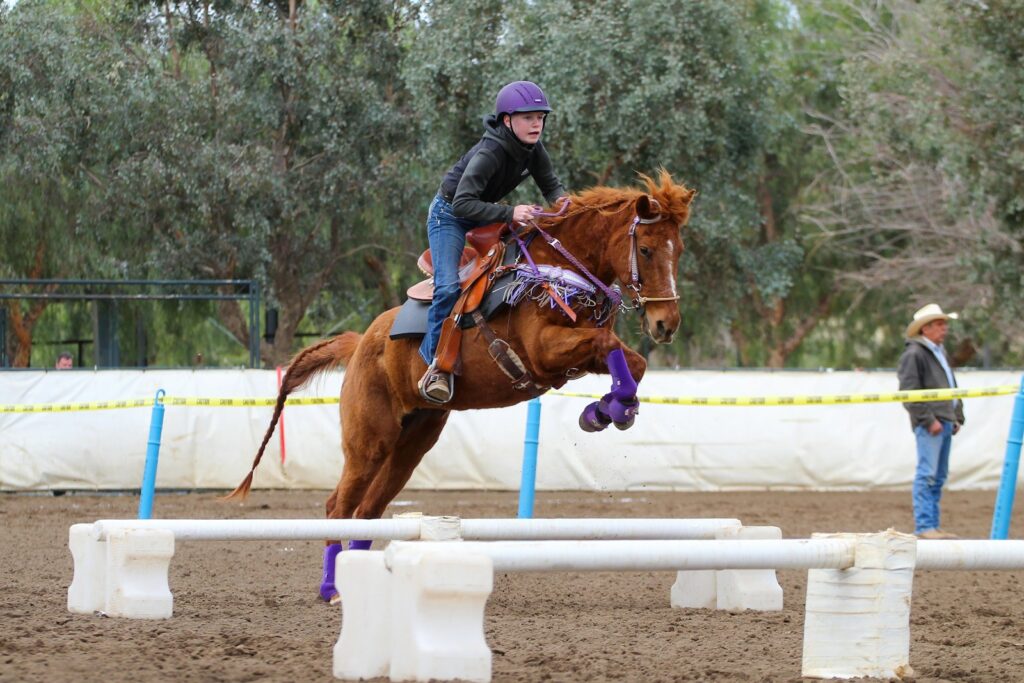
Not all Quarter Horses are created equal when it comes to barrel racing potential, with certain bloodlines consistently producing top performers in the discipline. Descendants of legendary sires like Dash For Cash, Fire Water Flit, Frenchmans Guy, and Sun Frost frequently appear in the pedigrees of championship barrel horses, carrying genetic traits that predispose them to excel in the sport. Modern barrel racing prospects often combine these speed-oriented bloodlines with those known for agility and “cow sense” to create the ideal combination of quickness and maneuverability. Professional barrel racers particularly value horses from the Dash Ta Fame, Streakin Six, and High Brow Cat lineages, which have repeatedly demonstrated exceptional turning ability and competitive drive. When evaluating a potential barrel prospect, knowledgeable buyers often trace bloodlines back several generations, looking for consistent performance traits rather than just immediate parentage.
Appendix Quarter Horses: The Speed Hybrid

Appendix Quarter Horses, a cross between registered Quarter Horses and Thoroughbreds, have carved out an impressive niche in competitive barrel racing by combining the Quarter Horse’s turning ability with the Thoroughbred’s exceptional speed and stride length. This strategic breeding creates an athlete with enhanced cardiovascular endurance and often a slightly taller, longer frame that can cover ground efficiently between barrels. Many top competitors appreciate how the Thoroughbred influence can add “heart” and competitive drive to these horses, creating athletes that thrive under pressure and consistently perform at high levels. The ideal Appendix barrel horse typically inherits the Quarter Horse’s powerful hindquarters and natural cow sense while gaining the Thoroughbred’s lung capacity and sustained speed, resulting in a versatile competitor suitable for larger pattern setups. Though they sometimes require more extensive training to develop the tight turning capabilities of purebred Quarter Horses, successful Appendix competitors like JL Dash Ta Heaven and Packin French Heat have demonstrated this crossbreed’s tremendous potential at the highest levels of the sport.
Paint Horses: Colorful Competitors

American Paint Horses combine the athletic abilities of Quarter Horses with striking color patterns that make them immediately recognizable in the arena. With shared bloodlines and physical attributes similar to Quarter Horses, Paints possess the same powerful hindquarters, compact build, and quick-twitch muscle fibers that excel in barrel racing’s fast-paced environment. Their genetic connection to Quarter Horses provides them with comparable speed and agility, while their typically alert and intelligent nature makes them responsive partners for the split-second decisions required during competition. Many top Paint barrel horses come from performance-oriented bloodlines like Strait From Texas, Mr. Conclusion, and Dash Ta Fame, demonstrating their competitive potential at all levels of the sport. Beyond their athletic capabilities, the breed’s distinctive markings and color variations add flair to competitions, making these equine athletes crowd favorites at rodeo events across the country.
Appaloosas: The Versatile Athletes

Appaloosas bring a unique combination of athleticism, endurance, and distinctive spotting patterns to the barrel racing arena. With Quarter Horse influence in their bloodlines, quality Appaloosas possess the speed and agility necessary for competitive success while adding their characteristic hardiness and stamina developed through their Nez Perce heritage. These intelligent horses typically display strong problem-solving abilities and quick learning capacity, making them adaptable to the technical aspects of barrel racing training. Their muscular build, particularly in the hindquarters, provides the power needed for explosive starts and driving turns around barrels at high speeds. While not as numerous in top-level competitions as Quarter Horses, Appaloosas with performance-oriented bloodlines like Goer, Wapiti, and Bright Eyes Brother have proven themselves capable of exceptional results in the barrel racing world. Their versatility allows them to excel not only in barrel racing but also in other western performance events, making them valuable all-around competition horses.
Arabian and Arabian Crosses: Endurance Specialists

Arabian horses and their crosses bring exceptional endurance and intelligence to barrel racing competitions, particularly in events requiring sustained performance over multiple runs. Their legendary stamina derives from centuries of desert breeding, creating athletes with remarkable cardiovascular efficiency and recovery capabilities that prove advantageous during multi-day competitions or when running multiple events. Arabian crosses, particularly those with Quarter Horse bloodlines (often called Quarabs), combine the Arabian’s endurance and sensitivity with the Quarter Horse’s speed and cow sense, creating versatile competitors suited to barrel racing’s demands. These crosses typically possess lighter frames but compensate with extraordinary agility and responsive handling that allows skilled riders to navigate tight patterns with precision. The Arabian influence often contributes to longevity in the competition arena, with many Arabian-cross barrel horses remaining competitive well into their teenage years due to their natural soundness and durability. For riders seeking an intelligent, responsive partner with staying power for long competition seasons, these crosses offer compelling advantages despite being less common at professional levels.
Thoroughbreds: Speed and Heart
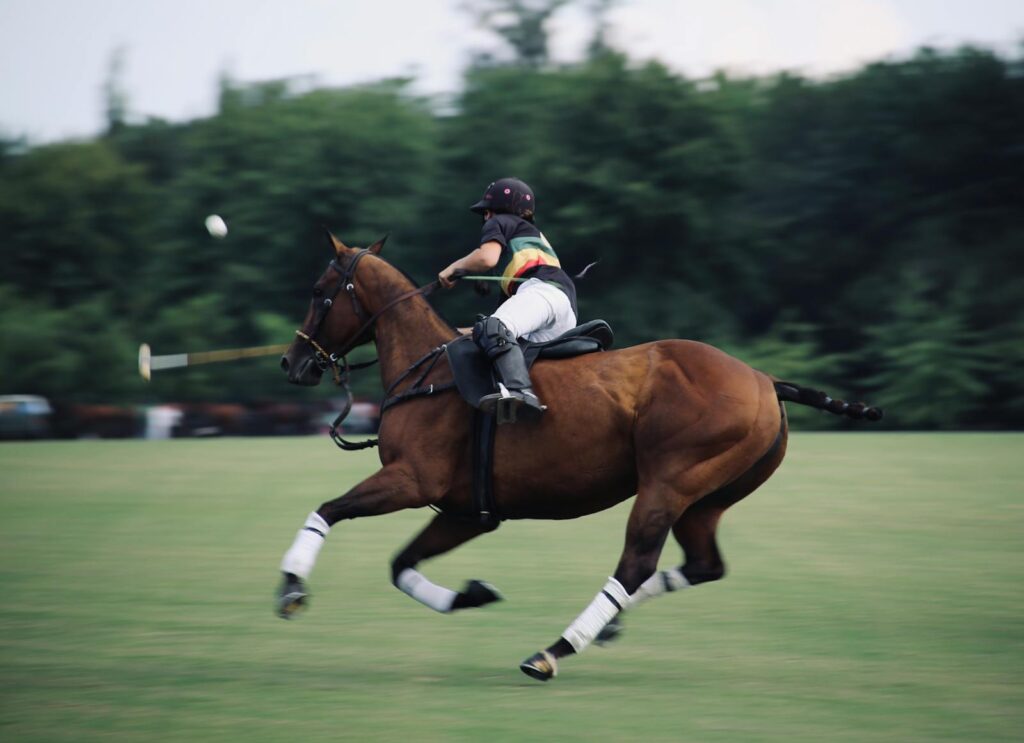
Thoroughbreds bring unmatched speed and competitive drive to barrel racing, offering a compelling alternative for riders willing to invest in specialized training. These natural athletes, bred for centuries to excel in racing, possess extraordinary cardiovascular capacity and ground-covering stride length that can translate to blazing speeds between barrels when properly harnessed. Their naturally competitive temperament—often described as “heart” by professional horsemen—drives them to perform at peak levels under pressure, a valuable trait in high-stakes barrel racing environments. While Thoroughbreds typically require more extensive training to develop the tight turning capabilities critical to barrel racing success, their intelligence and athleticism allow them to master these skills with patient, consistent guidance. Many successful barrel racing Thoroughbreds come from sprint racing bloodlines rather than those bred for classic distances, as these horses already possess the quick acceleration needed for rodeo events. When matched with experienced riders who understand how to balance their natural forward momentum with controlled turning mechanics, Thoroughbreds can achieve remarkable success in barrel racing competitions.
Mustangs: Natural Athletes with Grit

Mustangs have emerged as surprisingly competitive barrel racing prospects, bringing natural athleticism and extraordinary durability to the arena. These horses, descended from domesticated horses that returned to the wild, have developed remarkable surefootedness and agility through generations of survival in challenging terrain, traits that translate directly to navigating tight barrel patterns at speed. Their typically compact build, strong hooves, and natural balance make them physically suited to the quick direction changes required in barrel racing. The Mustang’s legendary toughness and stamina allow them to maintain peak performance throughout long competition seasons with fewer soundness issues than some more specialized breeds. While requiring patient training to overcome their natural wariness, successfully trained Mustangs often develop exceptional focus and work ethic, approaching barrel patterns with the same intensity their ancestors used to navigate rugged landscapes. Organizations like the Mustang Heritage Foundation have highlighted these horses’ potential through competitions showcasing their adaptability to performance disciplines, including barrel racing.
Physical Attributes That Matter
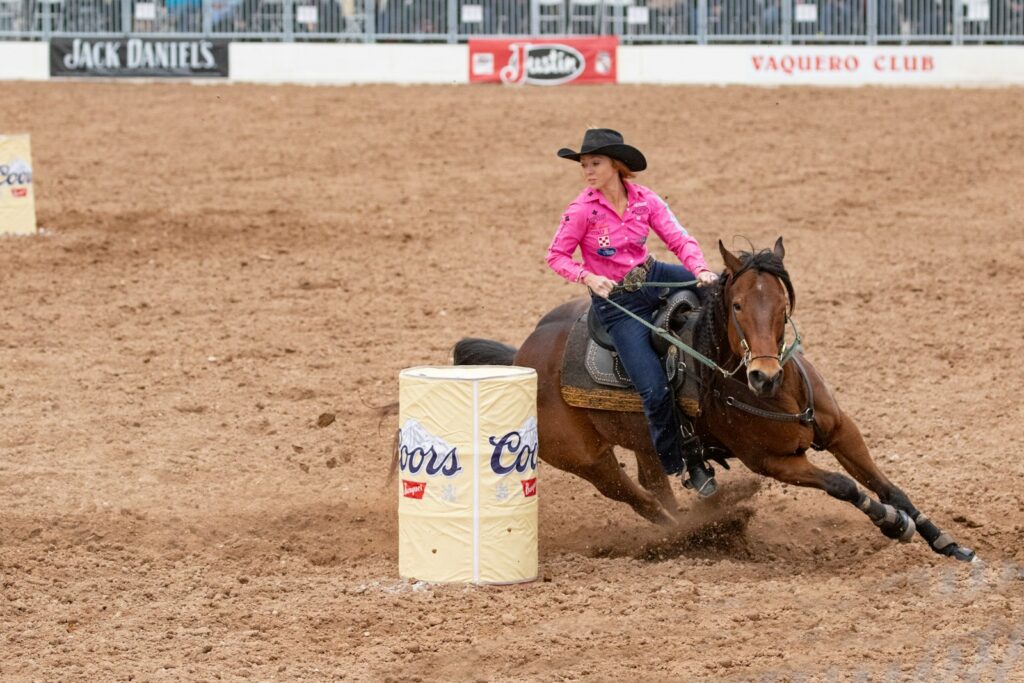
Regardless of breed, specific physical characteristics consistently appear in successful barrel racing horses, providing a blueprint for identifying potential champions. The ideal barrel horse typically stands between 14.2 and 15.2 hands high—tall enough to cover ground efficiently but compact enough to maintain balance through tight turns. Powerful, well-muscled hindquarters provide the explosive pushing power necessary for acceleration out of turns, while strong, straight legs with substantial bone support the intense physical demands of the sport. Athletic barrel horses generally display proportional conformational balance, with shorter backs for maneuverability and well-sloped shoulders that facilitate extension and collection. The angle of the hock directly impacts a horse’s ability to sit down into turns, with moderate angulation providing optimal balance between power and flexibility. Professional barrel racers particularly value horses with naturally low head carriage and a willing, forward-moving attitude that allows them to maintain collection without excessive rider input. These physical traits, combined with appropriate mental characteristics, create the foundation for barrel racing success across all competitive breeds.
Temperament: The Hidden Factor

A barrel horse’s temperament often proves as crucial to competitive success as its physical abilities, with mental characteristics significantly impacting performance consistency and trainability. The ideal barrel racing prospect combines an intense competitive drive with the mental focus to channel that energy productively, remaining responsive to rider cues even in high-adrenaline situations. Successful barrel horses typically display an inherent “try”—a willingness to work through challenges and give their best effort repeatedly without becoming sour or resistant. This mental toughness allows them to handle the intense competitive environments of major rodeos and barrel racing events without becoming overwhelmed or distracted. Professional barrel racers particularly value horses with enough sensitivity to respond to subtle cues but sufficient confidence to work through inevitable mistakes during training and competition. This balanced temperament creates reliable performers who can maintain their composure through changing arena conditions, travel schedules, and competitive pressure—qualities that often separate champions from physically talented but mentally inconsistent horses regardless of breed.
Training Considerations by Breed
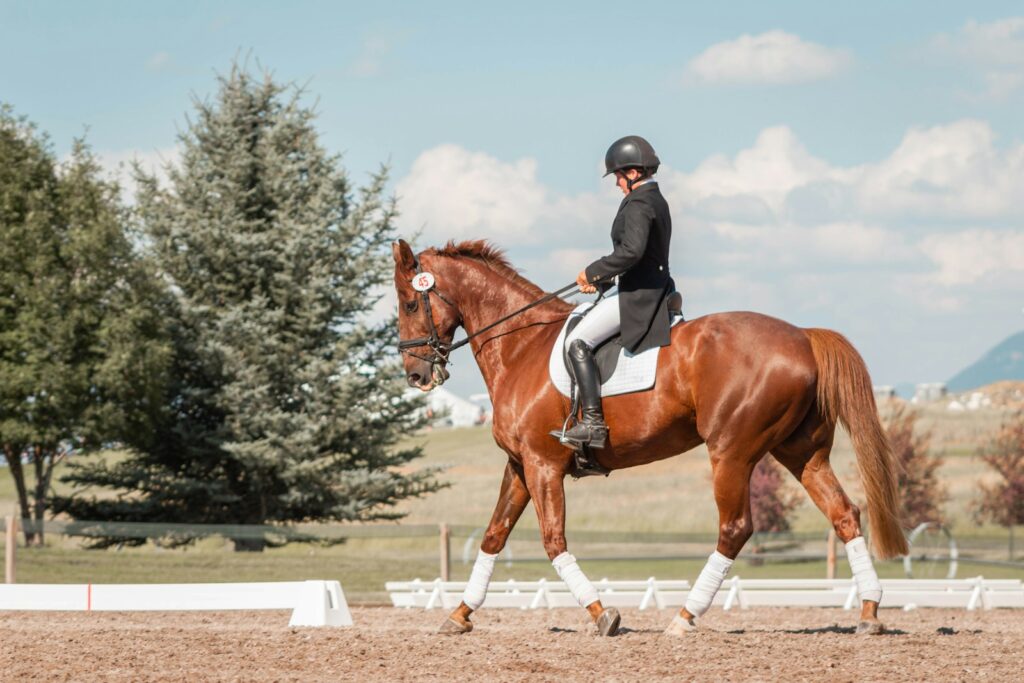
Different breeds respond to barrel racing training methods in distinct ways, requiring trainers to adapt their approaches accordingly for optimal results. Quarter Horses typically excel with structured, consistent training programs that build on their natural athletic abilities, responding well to clear expectations and regular reinforcement of fundamentals. Arabian and Thoroughbred crosses often benefit from more varied workouts that prevent mental burnout, incorporating trail rides and diverse activities alongside pattern work to maintain their enthusiasm and mental freshness. Mustangs and other more naturally independent breeds generally require patience and relationship-building before intensive training begins, developing trust before introducing the precision movements required for competitive barrel racing. Regardless of breed, successful training programs gradually build physical conditioning alongside technical skills, developing the cardiovascular capacity and muscular strength necessary for consistent performance. Professional barrel racing trainers emphasize the importance of adapting methods to suit individual horses’ learning styles and physical capabilities rather than forcing all prospects into a standardized program, recognizing that training flexibility often produces the most consistent competitive results across different breeds and bloodlines.
Rising Stars: Emerging Breed Contenders

The barrel racing landscape continues to evolve, with several unexpected breeds and crossbreeds making inroads into this traditionally Quarter Horse-dominated sport. Standardbred crosses, particularly those with Quarter Horse bloodlines, have demonstrated impressive potential with their powerful hindquarters and natural racing instincts adapted to the pattern work of barrel racing. Foundation-bred Quarter Horses, emphasizing the original, compact conformation rather than the lankier modern show types, are experiencing a resurgence among barrel racers seeking durability and natural cow sense. Various pony breeds, including Quarter Ponies and POA (Pony of the Americas), have found success in youth and smaller rider divisions, offering the speed and agility of larger breeds in more compact, manageable packages. Warmblood-Quarter Horse crosses represent one of the most intriguing developments, combining the Warmblood’s trainability and balanced movement with the Quarter Horse’s speed and turning capability to create versatile athletes suitable for both western and English disciplines. These emerging contenders highlight how thoughtful breeding programs focused on performance traits rather than traditional breed boundaries continue to expand the pool of potential barrel racing champions.
Making the Final Selection

Selecting the ideal barrel racing prospect requires evaluating a complex matrix of factors beyond simple breed identification, focusing on the individual horse’s specific attributes and potential. Experienced barrel racers recommend prioritizing movement quality and athletic potential over breed name or even bloodlines, looking for horses that demonstrate natural cadence, balanced gaits, and efficient motion that will translate to barrel racing mechanics. A thorough pre-purchase evaluation should include assessing the horse’s responsiveness to basic cues, willingness to engage hindquarters, and ability to maintain collection at various speeds—fundamental skills required for barrel racing success regardless of breed. Conformation evaluation focuses specifically on features that impact barrel racing performance: strong hocks, well-proportioned pasterns, and balanced muscling that allows for both power and flexibility through turns. Many professional competitors emphasize the importance of connecting with a prospect on a personal level, recognizing that the intense partnership required for barrel racing success demands compatible personalities between horse and rider. The most successful selections often balance objective assessments of physical capability with the subjective but crucial evaluation of a horse’s competitive mindset and trainability for this demanding discipline.
Conclusion
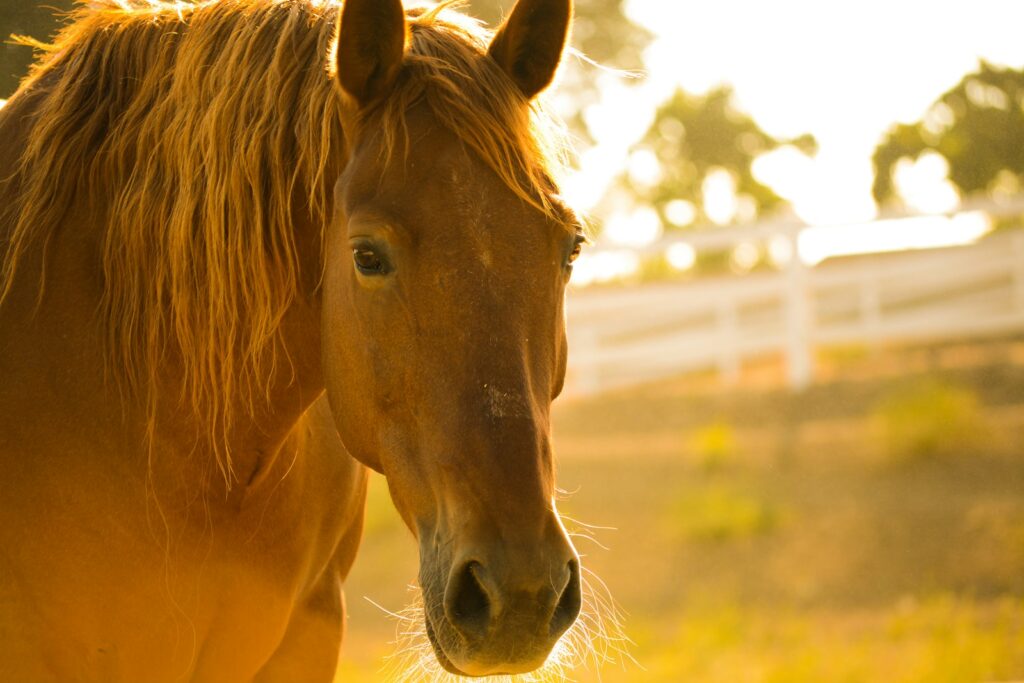
In conclusion, while the American Quarter Horse continues to dominate competitive barrel racing, several other breeds and crossbreeds have proven their capabilities at various levels of the sport. The ideal barrel racing prospect combines specific physical attributes—powerful hindquarters, athletic balance, and appropriate size—with the mental characteristics needed for competitive success. As the sport evolves, thoughtful breeding programs focused on performance rather than appearance continue to produce exceptional athletes across multiple breeds. Ultimately, the perfect barrel horse represents a harmonious blend of physical talent, trainable temperament, and competitive heart that transcends simple breed categorization, creating the magical partnership between horse and rider that defines championship barrel racing.

